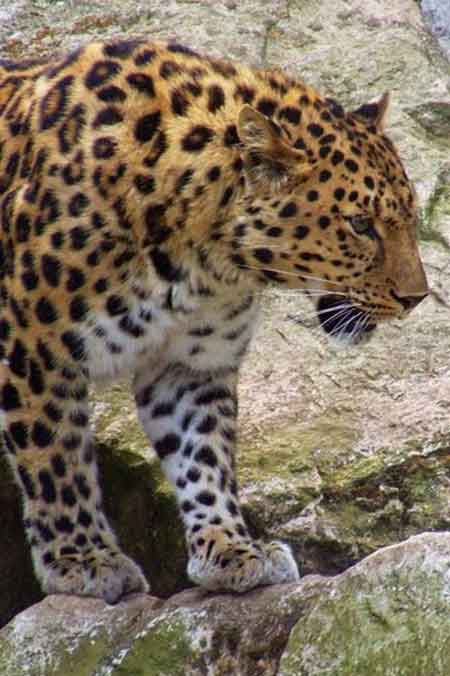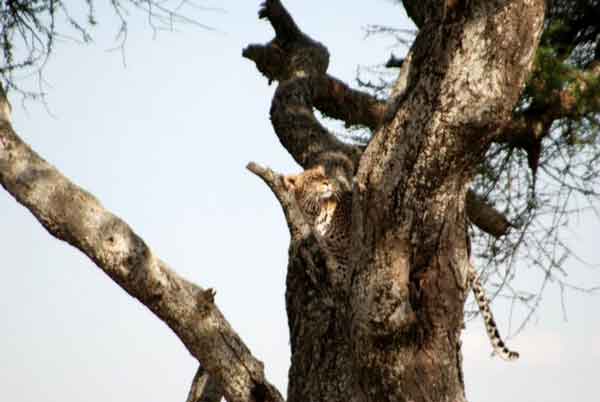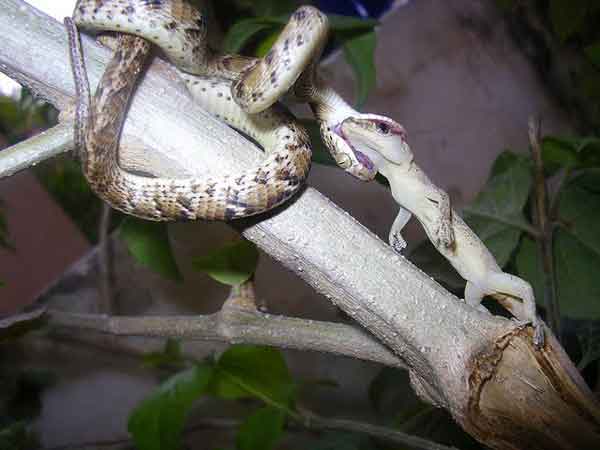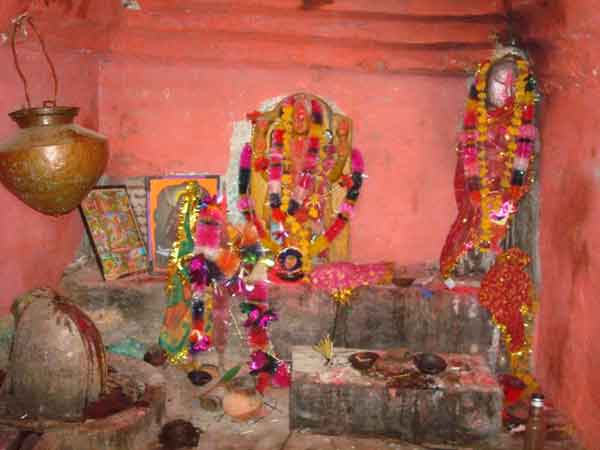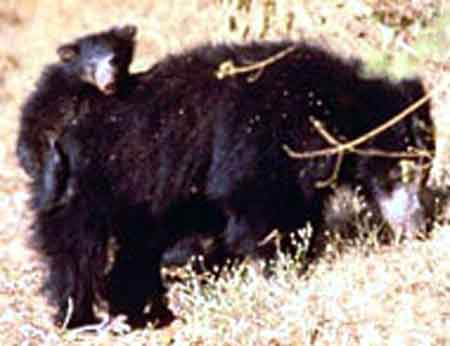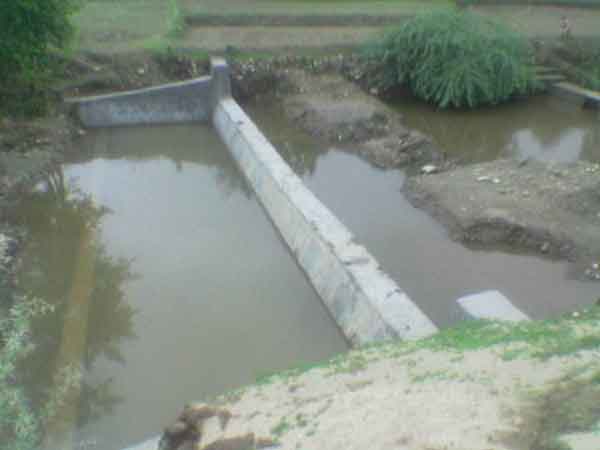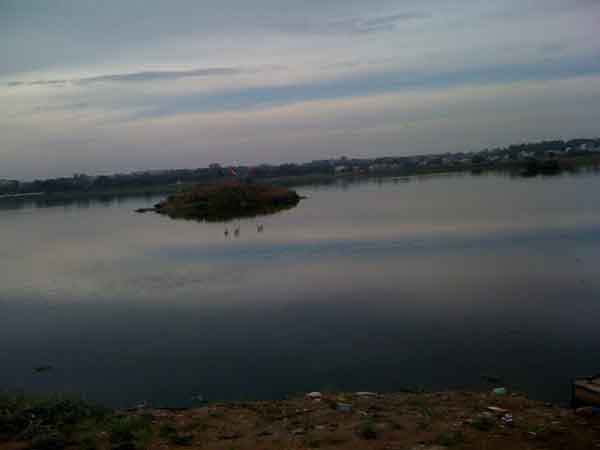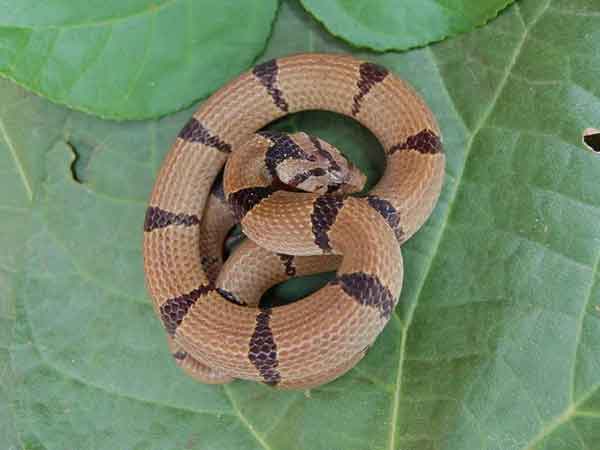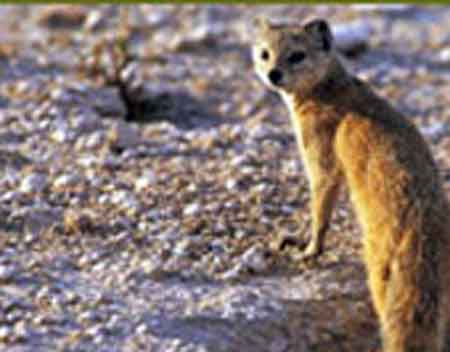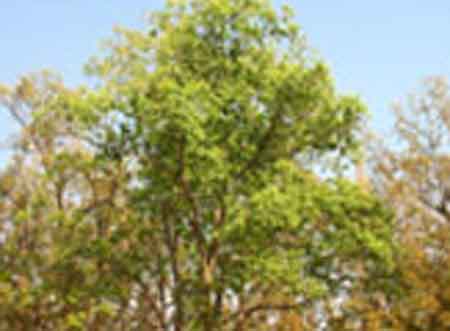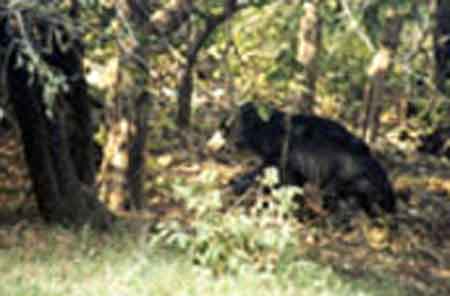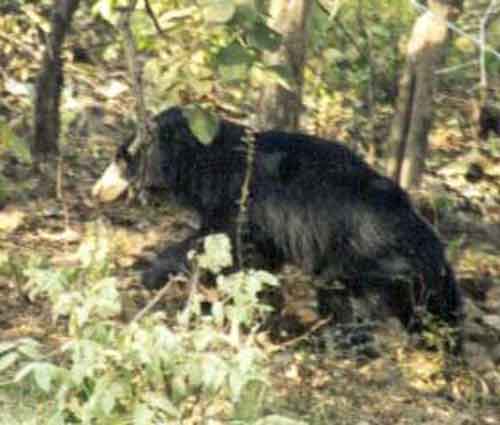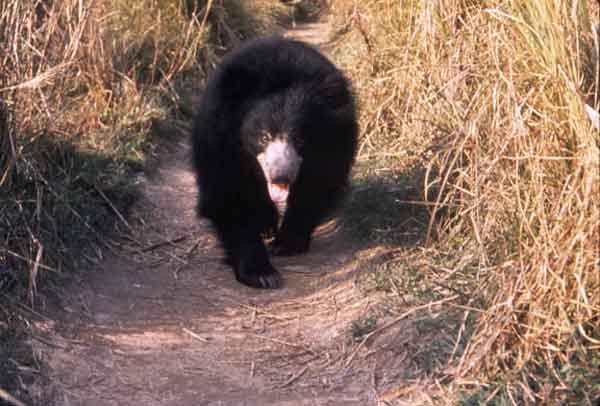Ratanmahal Sloth Bear Sanctuary
Tuesday, 06 October 2009 05:16
Ratanmahal Sloth Bear Sanctuary -Dahod |
About: |
| Ratanmahal Sloth Bear Sanctuary is a renowned wildlife sanctuary located in the Dahod district of Gujarat, India. Spread across 55.65 square kilometers, this sanctuary is a protected habitat for the endangered Indian Sloth Bear. It is known for its dense forests, rugged hills, and diverse flora and fauna, making it a haven for nature enthusiasts and wildlife lovers.
This sanctuary harbours maximum population of sloth bears in the entire state, which is the star attraction in the wilds of Ratanmahals. The sanctuary falls in the Dahod district of Central Gujarat and is located very close to the tribal towns, Baria of Dahod district and Chhota Udepur of Vadodara district. This area was declared as a wildlife sanctuary in March 1982. The sanctuary falls on the border of Gujarat with Madhya Pradesh. The actual habitat of the Sloth bear, therefore, extends into Madhya Pradesh. The pristine beauty of forests in this small tract with rugged topography gives the feel of a hill station to wildlife enthusiasts.For learning the habits and behaviour of the sloth bear, this sanctuary offers a unique opportunity as they are densely populated here. The sanctuary also has a large population of leopards. 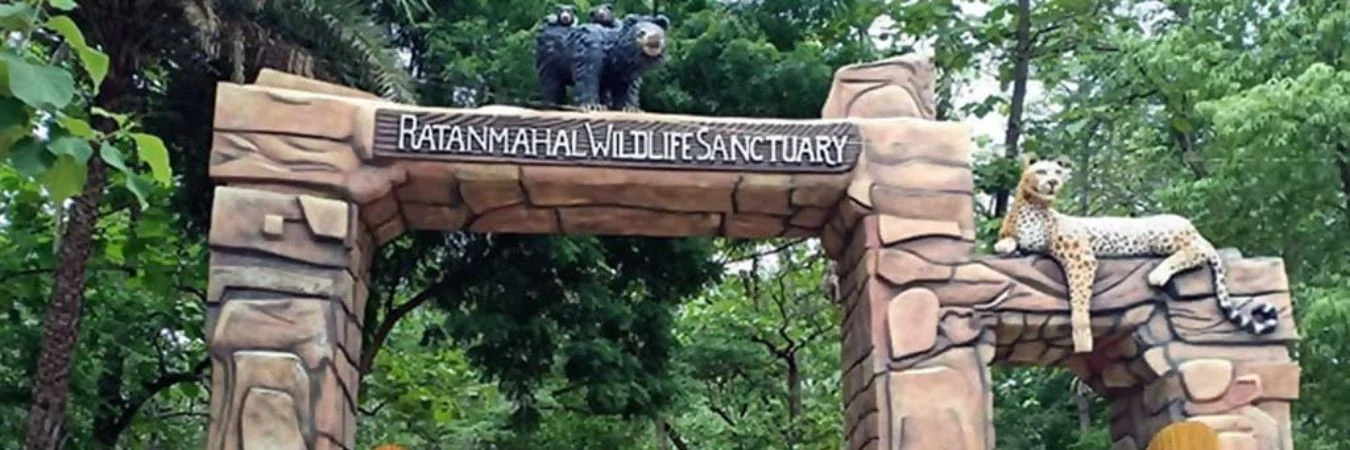 "Sir, do not walk alone or in ones or twos in this jungle; It is a risky and unpredictable beast. It is fearless; so quick to charge and so fast running. It can climb up the trees. It is very mighty and its sharp nails can cause very serious injuries". If you go to Ratanmahal Sanctuary and talk to some tribal they would most probably describe the sloth bear in the manner mentioned above. Sloth bear indeed is more dangerous than the leopard at times. But, it is a thrilling experience to have a glimpse of the bear in the Ratanmahal Wildlife Sanctuary. |
Location info: |
| Location:Situated on the Gujarat-Madhya Pradesh border in the Dahod district |
| Coordinates:Approximately 22.6365° N latitude and 74.0712° E longitude |
| Nearest City: Dahod |
| Best time to visit: October to March |
Climate/Weather: |
| Summer, it's hot and humid with an average temperature of 40 Degrees with hot sandy winds. In Winter, it's 10 to 20 degrees |
History: |
| The Ratanmahal area has a rich history and was declared a wildlife sanctuary in 1982. It was established primarily to protect the sloth bear population and other wildlife in the region. The sanctuary's name, "Ratanmahal," is derived from the Ratanmahal Hills, which dominate the landscape and add to the beauty of the sanctuary. |
Interesting things to do: |
| Wildlife Safari: Explore the dense forest and spot sloth bears, leopards, hyenas, and other wildlife. |
Interesting things to Visit: |
| Fauna: Important animals- Sloth bear, leopard, striped hyena, jackal, four-horned antelope, mongoose, porcupine, civet cat, jungle cat, hanuman langur etc. Cobra, krait, Saw-scaled viper, Russel's viper and Bamboo pit viper are the main venomous snakes found here. Python, Rat snake, Red sand boa, Trinket are the non-venomous snakes. Star tortoise, Flap-shell turtle, Chameleon and Termite hill gecko are also found here. Important birds : 147 species of birds are recorded here 16 of which are terrestrial (nesting and foraging on ground such as grey jungle fowl, partridge, quail etc.). Alexandrine parakeet, common babbler, crested serpent eagle, green pigeon, hoopoe, lesser golden-backed woodpecker, grey jungle fowl, tailor bird etc. are some common species.
|
Mobile range info: |
| Mobile network coverage is available but can be spotty in some areas. Major networks like Jio, Airtel, and Vodafone Idea have partial coverage, especially near the entrance. |
How to reach? |
| Nearest Railway Station: Maranda railway station 2 km |
| Nearest Airport:Palampur airport at 35 km |
| Road Transport:State owned public transport regular bus services are available from Palampur to major cities like Mandi, Pathankot, and Dharmshala. Public bus fare is less than Rs 2 per km. |
Nearest Visiting places: |
| Jambughoda Wildlife Sanctuary: About 70 km away, known for its rich biodiversity. Champaner-Pavagadh Archaeological Park: Hathnimata Waterfall: |
Nearest Petrol Pump: |
| The nearest petrol pump is located in Limkheda, about 20 km from the sanctuary. |
Hotels/Lodge/Accommodation: |
| Dahod Town:Offers several budget-friendly hotels and lodges.
Chhota Udepur:Another nearby town with more accommodation options. Hotel Maganjis:Mount road,Banaskantha,Gujarat,India,ph:02974 238337 Ambika Enterprises Mount Abu Hotel:Agarsen Old Main Market,Mount Abu,Rajasthan,India,ph:09929152877 |
Things to carry: |
| Comfortable trekking shoes Binoculars and a camera for wildlife and bird photography Insect repellent and sunscreen Drinking water and snacks Warm clothing if visiting in winter First aid kit |
Tips & Suggestions: |
| Visit during the winter months (October to February) for the best experience. Respect wildlife and maintain a safe distance from animals, especially sloth bears. Avoid making loud noises and littering in the sanctuary. Take a guided tour to learn more about the flora and fauna. Check the weather forecast before your trip, especially during the monsoon season. |
Help Line/Phone Number: |
| Police Station:100 |
| Nearest Hospital: Gandhi - Lincoln Hospital:Disa,Banaskantha,Gujarat,India Trimuriti Hospital:Palanpur,Banaskantha,Gujarat,India,ph:02742 253714 |
| Society/Community Phone Number: |
| Link:www.gujaratguideonline.com |
Photo Gallery
Video
Dynamic View
|
|
| Kadana dam |
| Kadana dam Gujara. The primary objective to build the Kadana Dam on River Mahi was to control floods in the catchment area. It is a frequent occurring in the central Gujarat getting flooded, whenever around 10lakh cusec water is released from the Kadana dam. With heavy rains in the catchment areas of Rajasthan huge quantity of water is being released in the dam. The level in the Kadana dam has rose to 412.75 ft during the monsoon season.Villages in Central Gujarat will be flooded again as about 10lakh cusec water has been released from the Kadana dam. With heavy rains in the catchment areas of Rajasthan huge quantity of water is being released in the dam. On the other hand there is a warning of heavy rainfall in the state during next 48 hours. This has put the administration on high alert....more |
| Jambuhoda Wildlife Sanctuary |
| Located in the Panchmahal district of Central Gujarat and declared as a sanctuary in May 1990, Jambughoda Wildlife Sanctuary is home for a variety of animals and plants. A small part of the sanctuary (Targol Round) falls in the adjoining Vadodara district. Its a magnificent forest of teak, bamboos and other miscellaneous species. The area has two water reservoirs one at Kada and the other at Targol. These water bodies add to the aesthetic settings and habitat diversity.Leopard is the top predator here whose population has been increasing. The habitat is shared by other animals such as sloth bear, jackal, blue bull, wild boar and four horned antelopes.....more |
